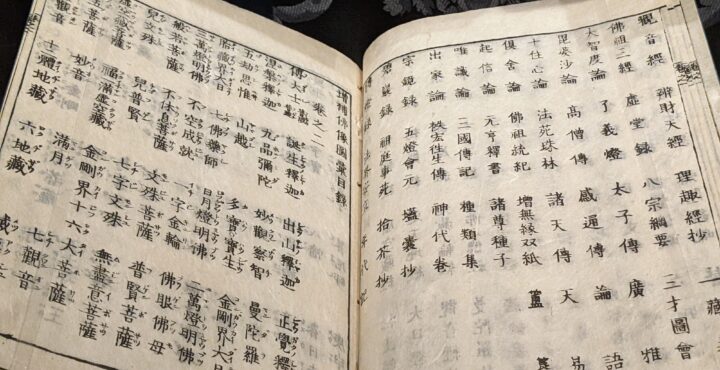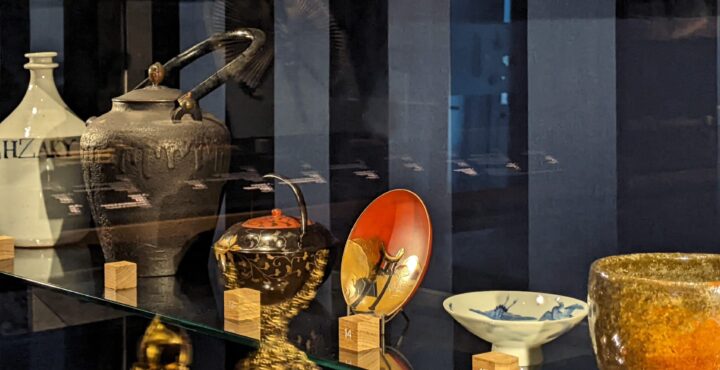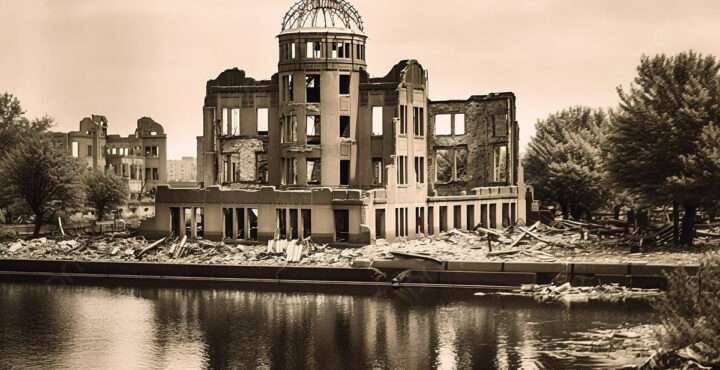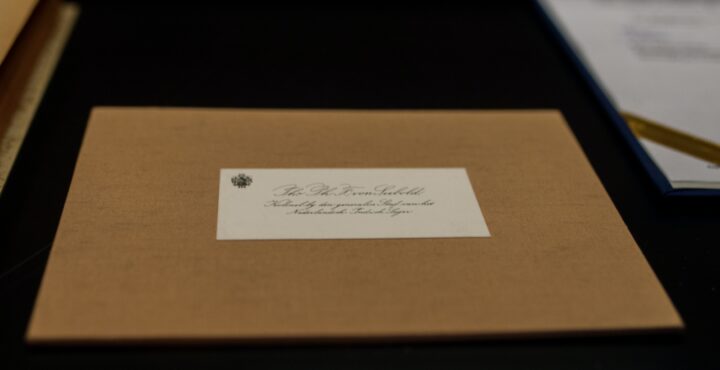- Japanese-Culture
- Literature
Literature
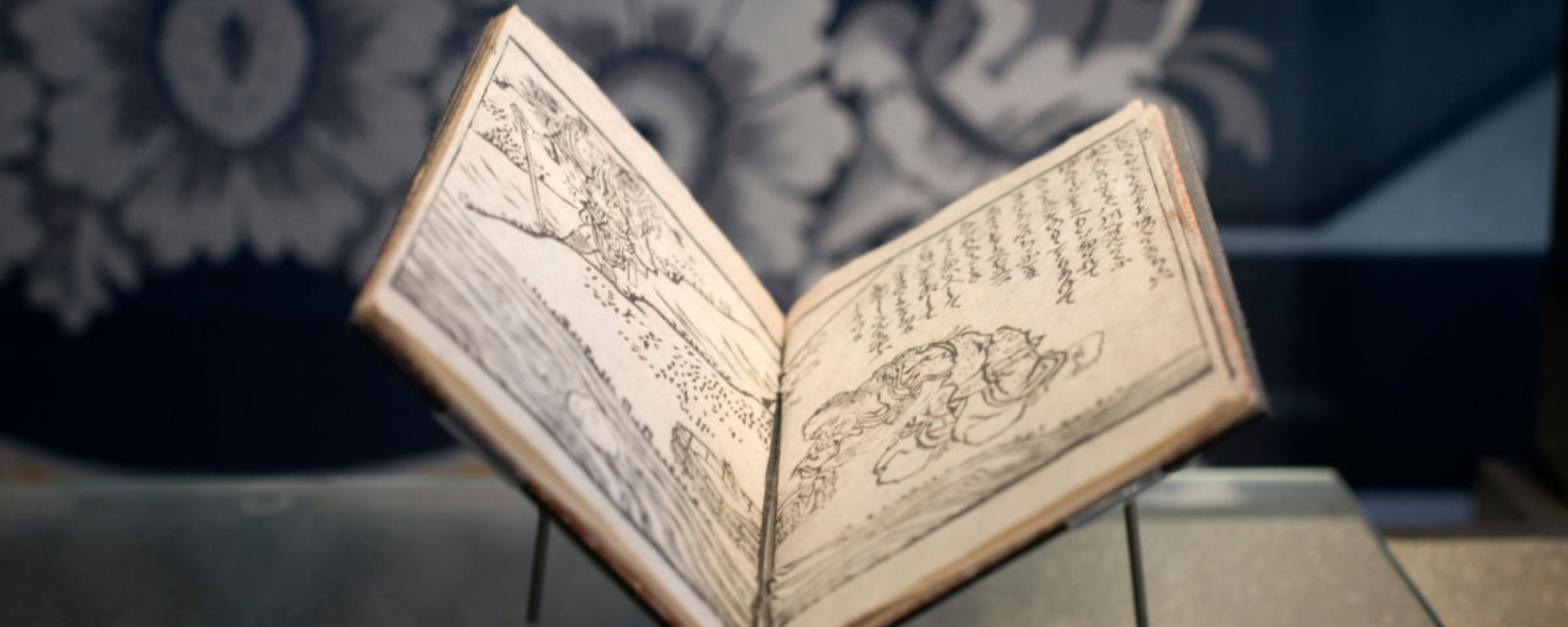
Japanese literature is very rich and dates back to the early 6th century. Classic Japanese books tell stories both in prose and verse. Current Japanese literature still includes references to poems and stories that were written in this period.
The so-called shikki, diaries of female writers, date back to the 10th and 11th century. A much read book from this period is the book of a lady–in-waiting, lady Nijo. It is filled with beautiful and imaginative descriptions. Genji Monogatari, from the same era, is still regarded as the absolute masterpiece of Japanese literature. It is considered to be the first novel ever written in the world. Its author is another woman at the imperial court, Murasaki Shikibu, and the novel tells the life story of a member of the imperial household called Genji, the shining prince.
Poems are an important element in Japanese writing. Poetry was a highly regarded pastime at the imperial court. One person would write a poem and another person would respond by writing one in reply, using the same theme or even the same words in a different sequence. This was done in groups with people replying instantly but also in private between two persons replying to each other in calligraphy on specially selected sheets of coloured paper.
The Japanese verse has always been limited to a strict metre. A haiku for instance consists of 3 phrases with 5-7-5 syllables. Other verses have a similar strict form which can not be differed from.
Through the ages Japanese literature remained very productive. There is an abundance of plays, aesthetic such as Nō, or exuberant such as Kabuki or Kyōgen. The plays often refer to things like samurai legends, the many wars and battles in Japanese history, the sacrifices of women and children. All of this offered a rich source.
Japanese-style Buddhism combined with the indigenous Japanese pantheon of spirits and the many Buddhist half gods also became an important theme. The supernatural powers that popular belief ascribes to animals such as foxes and badgers formed the inspiration for many fairytales and stories.
Since the middle of the 19th century foreign readers have acquainted themselves with Japanese literature through early translations. The tale of Genji has two important prose and verse translations that differ very strongly in content. This illustrates the difficulty of translating from Japanese in the 20th century. Japanese texts can have several layers because of the many references and as such words can have dual, triple or even more meanings.
Acclaimed 20th century Japanese writers are Junichiro Tanizaki and Yukio Mishima and Nobel price laureates Yasunari Kawabata and Kenzaburo Oe, to name a few.
For good translations of early Japanese books and books on Japan, Tuttle is regarded as the most specialised publisher with the largest selection of titles. Most major publishers have English or other local translations of Japanese books. Second-hand bookshops often have a selection of older titles and internet bookshops are a good source for current authors.

